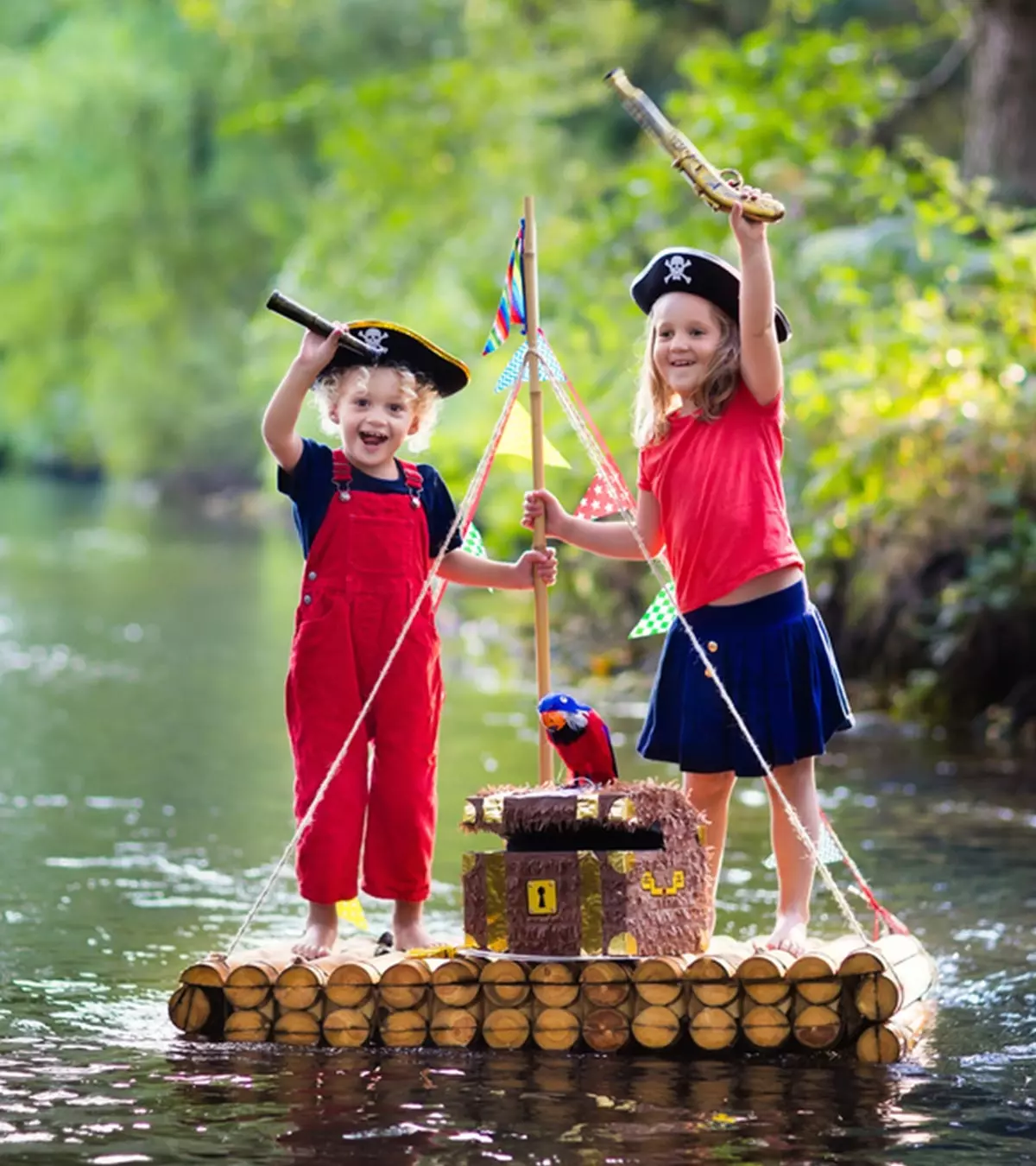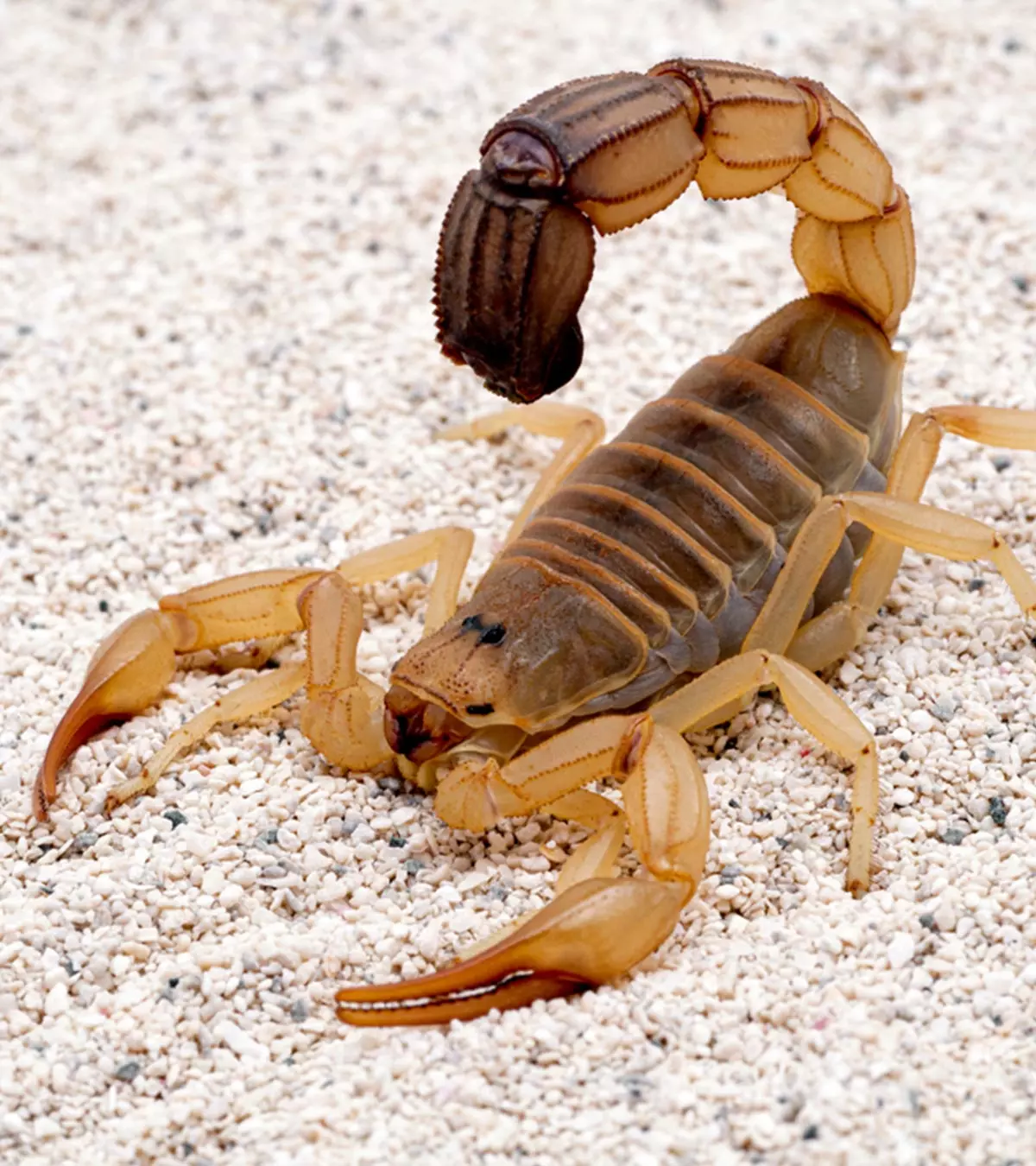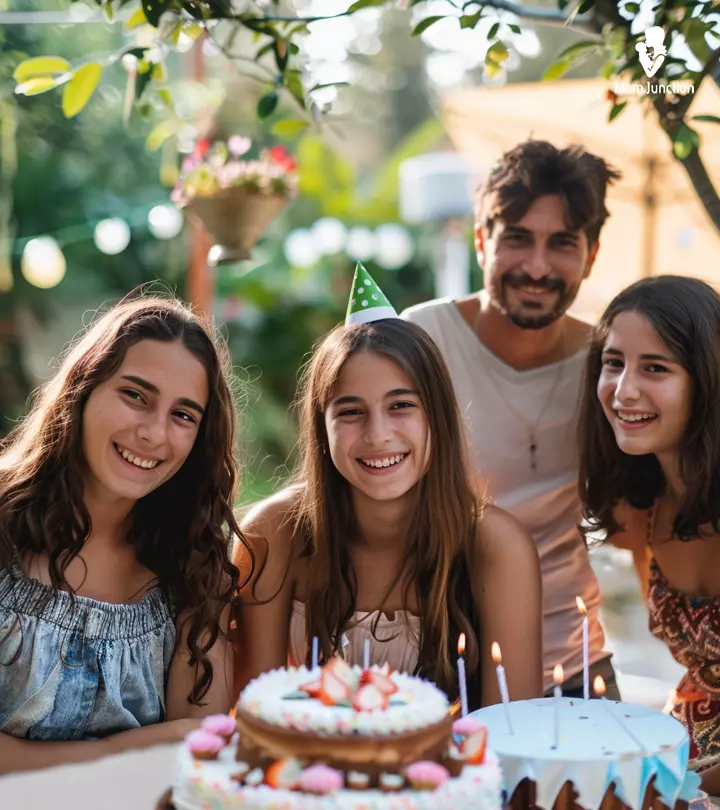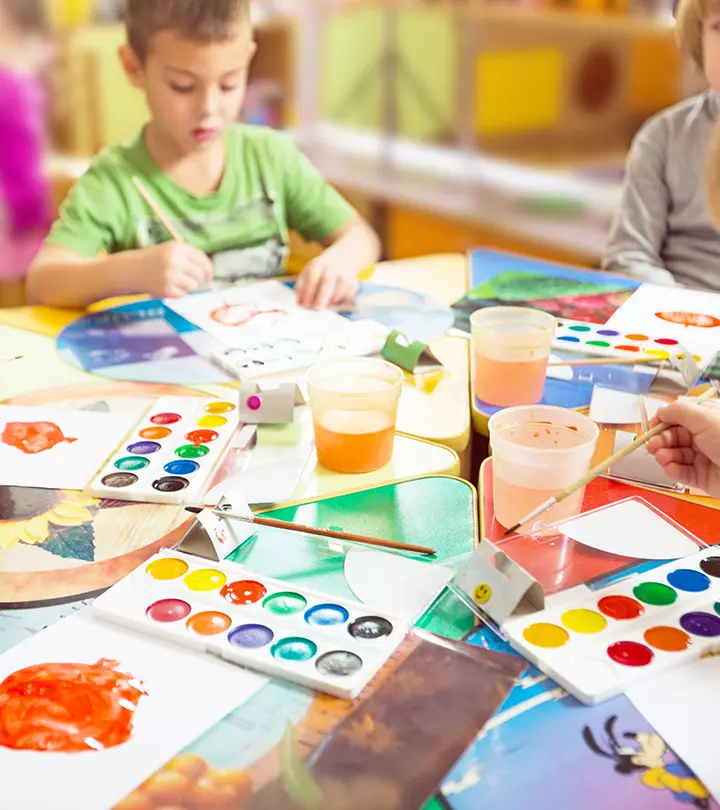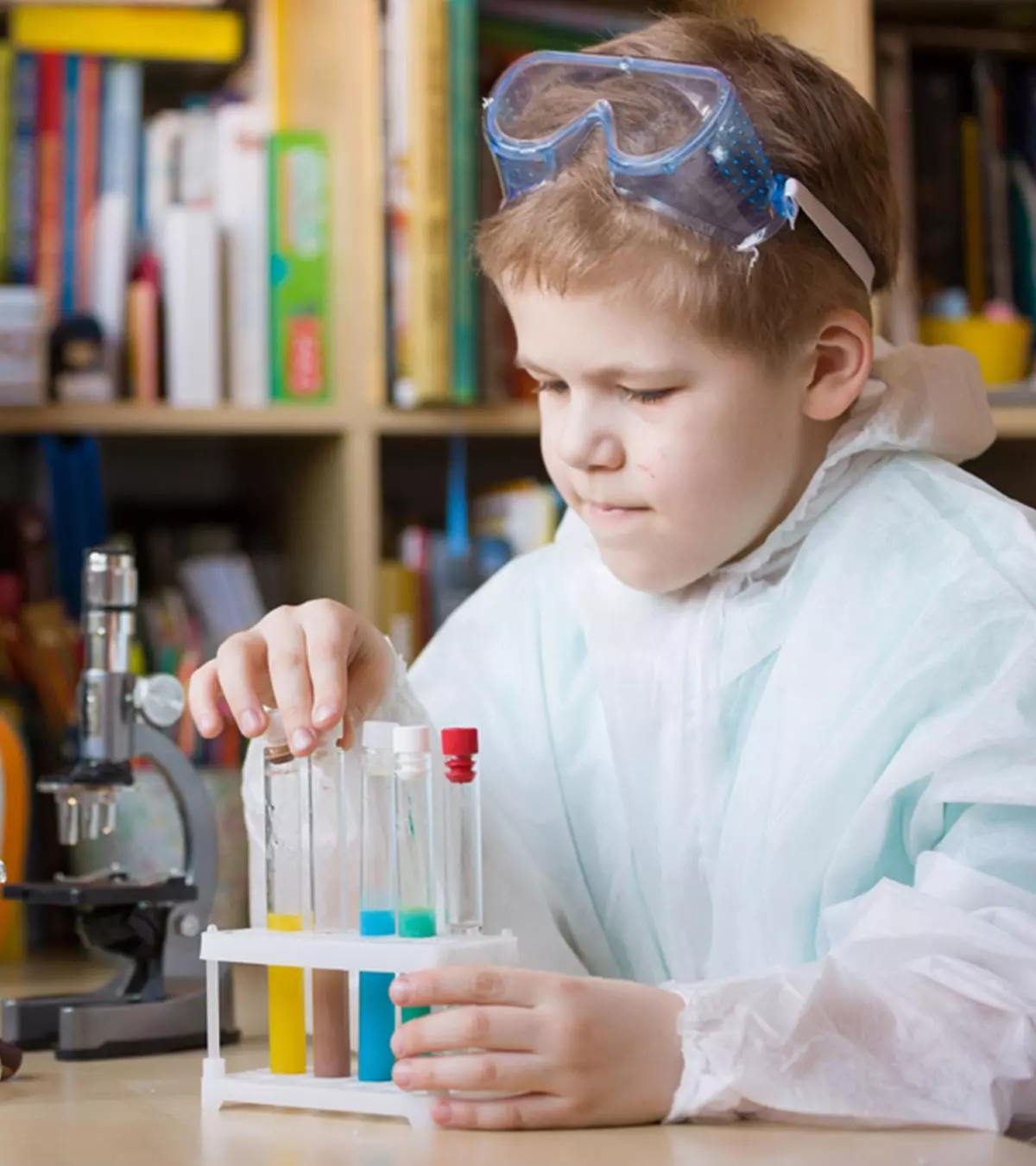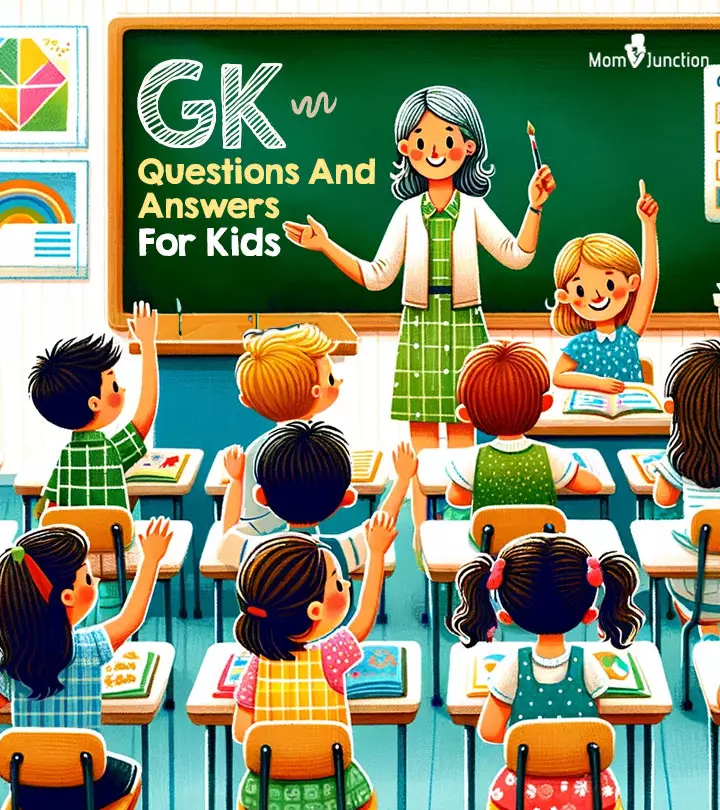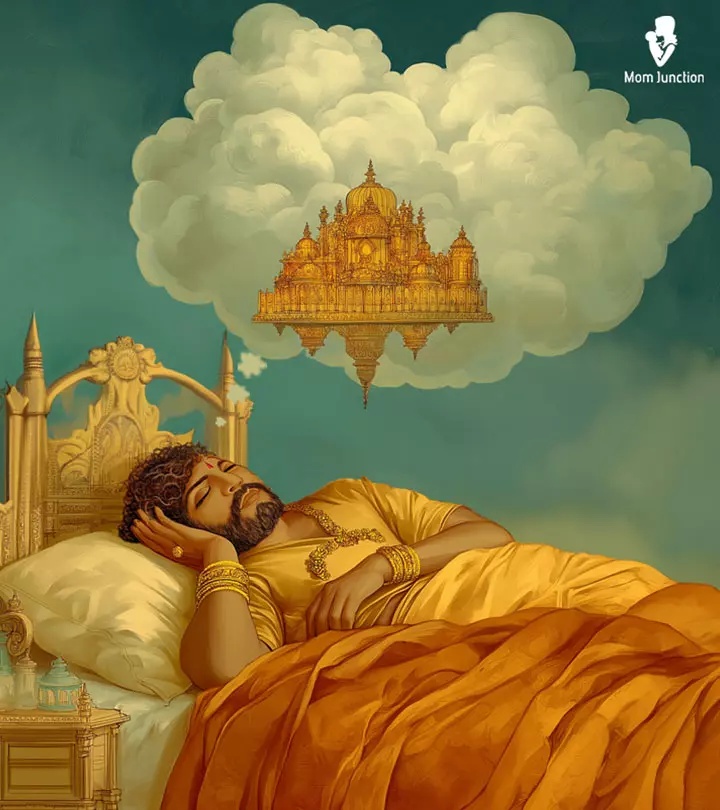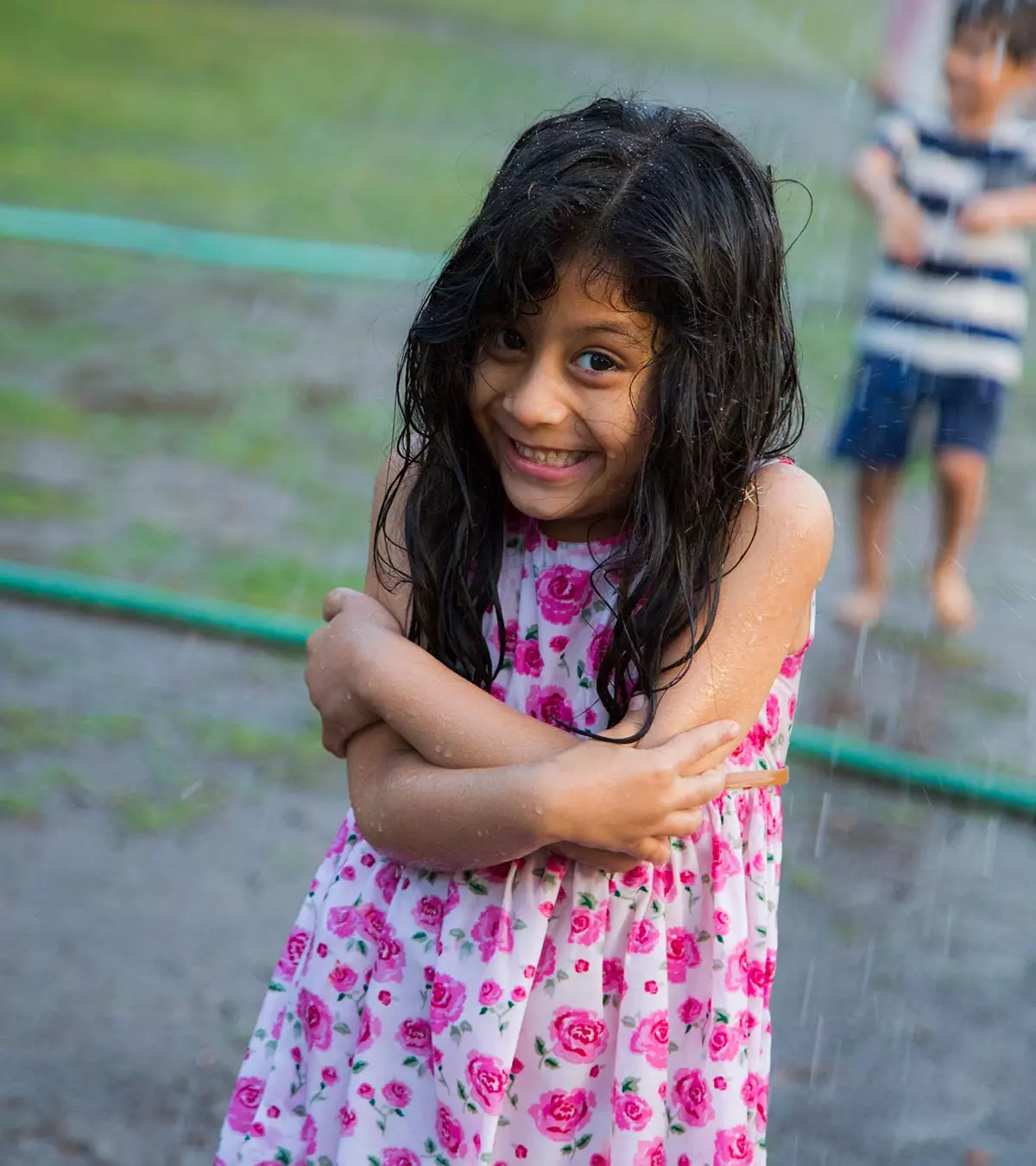
Image: iStock
The onset of the monsoon season provides much-needed relief from the scorching heat of the summer and a chance to puddle hop. However, monsoon for kids is not all rainbows and sunshine as the waters bring along a ton of bacteria and viruses, resulting in water and air-borne infections. The season lasts for several months, and the monsoon winds bringing the season into play have a much stronger effect than normal winds. Also, they cover a larger area. This season is mainly associated with the Indian Ocean, and the onset of heavy rainfall on the Indian subcontinent marks its beginning. Did you know that the term monsoon was derived from the Arabic word ‘mauseum,’ meaning season (1)? In other words, the monsoon depicts the change in the wind patterns that bring rain. Read on for more interesting facts and figures about the monsoon season, and read a few tips on keeping your child healthy during the rains.
Key Pointers
- Monsoon is caused when there is a difference in the land and ocean breeze temperature.
- The Indian subcontinent receives 80-90% rainfall during the monsoon.
- Monsoon storms can range from small dust storms to violent thunderstorms.
- Give home-cooked food and maintain personal hygiene to keep children healthy during this season.
What Causes Monsoon?

Image: Shutterstock
Monsoon is caused due to the difference in temperature between the land breezes and the ocean breezes. During the summer, the land gets extremely hot, and the air above the land becomes warmer than the air in the surrounding ocean. This creates a low-pressure area above the land. Meanwhile, as the surrounding ocean remains at a lower temperature than the land, the air above it retains a higher pressure.
Since the wind blows from high-pressure areas to low-pressure areas, the cold and moist winds from the high-pressure areas on the ocean blow towards the low-pressure area above the land, causing rains between June and September in the Indian subcontinent (2).
 Experts say
Experts sayWays To Keep Kids Healthy During Monsoon
The monsoon season puts children’s health at risk since the air- and water-borne diseases increase
. Here are a few practices to keep children healthy during the monsoon.
1. Give them home-cooked, healthy food

Image: Shutterstock
It is recommended that children consume a balanced and healthy diet. Keep them away from junk and unhealthy food and include seasonal fruits and vegetables in their meals. You could also include immunity-boosting foods such as honey, basil, ginger, and lemon to their diet and prevent them from eating street food.
2. Include physical activity
It is crucial for children to stay active by involving in different physical activities. You can have them enrolled for virtual yoga classes, dance classes, or workout sessions to make sure they stay active.
3. Avoid uncooked and cold food
During the monsoon season, try to consume hot and cooked food to reduce the risk of contracting water-borne diseases
.
 Quick tip
Quick tip4. Wear loose cotton clothes
Our clothing should always complement the season. During the humid and wet monsoon, stick to loose cotton clothing. Cotton is a breathable and comfortable fabric that does not cause skin irritation.
5. Maintain personal hygiene
It is vital to teach your children about personal hygiene for kids and methods to keep their surroundings clean. Make sure that you train children to wash their hands after they have been outside playing in the mud and puddles, as it reduces the risk of diseases. Make them wash their hands before every meal and also after it. Inculcate this habit from the initial years.
6. Stay safe from mosquitoes
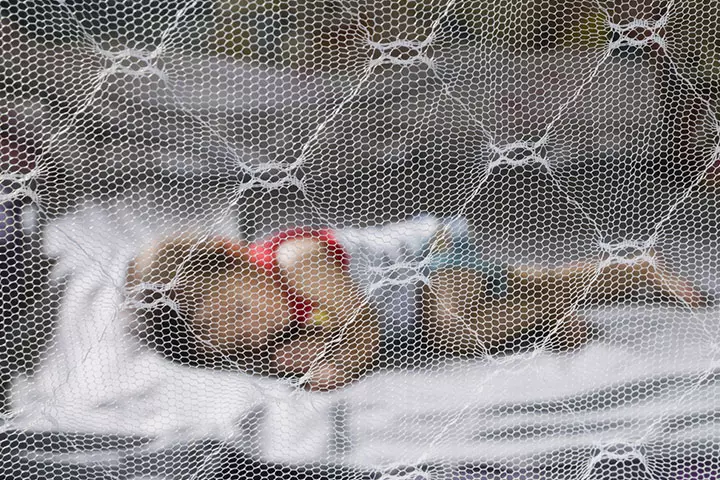
Image: Shutterstock
Mosquitoes are one of the carriers of diseases during monsoon. Therefore, remember to close the windows and doors in the evening and use mosquito nets or repellents to protect children from mosquitoes.
7. Switch to boiled water
To have better protection from water-borne diseases, switching to boiled water is a wise decision
. Make sure your children drink only boiled water during this season.
 Do remember
Do rememberMonsoon Facts For Kids
Have a look at some fun and interesting monsoon facts for kids that the young minds will enjoy reading (3) (4) (5) (6).
- Monsoon showers contribute to 80% to 90% of annual rainfall in the Indian subcontinent.
- If the monsoon-dependent areas do not receive rains, it can lead to drought and famine.
- Approximately 500,000 lightning strikes take place every monsoon.
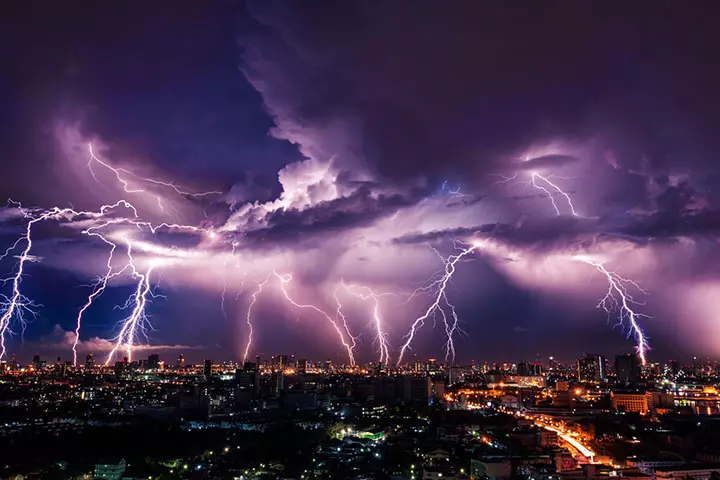
Image: Shutterstock
- Only about 33% of the Indian crops grow on irrigated land, and the rest are dependent on the monsoon rain.
- The range of monsoon storms varies from small dust storms to violent and disastrous thunderstorms.
- The monsoon season officially starts on June 1 and ends on September 30 every year.
- In Europe, the monsoon is called the “Return of the Westerlies.”
- Arizona receives approximately 32% of its total yearly rainfall during the monsoon.
- The first official monsoon forecast in India was made in 1886.
- An estimated 68% of India is prone to drought in varying degrees.

Image: Shutterstock
- Various South Asian countries, West African countries, Australia, North American countries, and European countries depend upon monsoon rains for their livelihood.
 Quick fact
Quick factFrequently Asked Questions
1. What are the types of monsoons?
The monsoon season is typically divided into three types, namely American monsoon, East North American monsoon, and Marine monsoon.
2. Is a monsoon a storm?
No, monsoon is not classified as a storm, unlike a thunderstorm, cyclone or hurricane. It is a weather phenomenon accompanied by high to low-intensity winds and rainfall.
3. What is the effect of the monsoon?
Monsoon leads to the formation of two significant periods, dry and wet. The onset of the wet spell of monsoon provides relief from the scorching heat, helps replenish the underwater levels, and refreshes the plants and trees.
4. What are the two types of monsoon in India?
In India, the monsoon can be categorized as summer monsoon, which occurs from June to September and affects the major part of the country, and winter monsoon, which occurs from October to December and mainly affects the Southeast regions.
5. How does monsoon affect agriculture?
Monsoon plays an important role in agriculture, especially in areas that depend on seasonal rainfall for crop production. It is often the primary water source for crops such as wheat, rice, and cotton, and rainfall patterns generally influence the harvest and planting times. Delayed or early rains can affect this planting schedule and impact production.
6. What are some engaging activities for kids during monsoon?
To help your child learn more about the monsoon and the water cycle, you can conduct simple science experiments at home. Make a rain cloud in a jar with water and shaving cream, create lightning using static electricity with a balloon and wool cloth, and demonstrate the water cycle in a zip-lock bag. Apart from these experiments, you can indulge your child in indoor board games, puzzles, sensory play with water beads, storytelling, and monsoon-themed painting.
Monsoon brings relief from the scorching heat. It is one of the favorite seasons of children as they love to play and splash water. However, the monsoon season may increase the spread of many diseases. Follow the above tips for a safe monsoon for kids. Buy them a raincoat, rain or rubber boots, and an umbrella in their favorite colors so that they look forward to putting them on during rains and thereby stay safe. Before the season sets in, check with their pediatrician to stay up-to-date with their flu shots. Also, teaching your children about this season could help them stay safe outdoors while enjoying the pleasures of the weather.
Infographic: Fascinating Facts About Monsoon For Children
The monsoon begins when we bid farewell to the sweltering summer heat and usher in raindrops and a cloudy sky. Monsoon is often a season of celebration for children as they enjoy dancing in the rain. The infographic below presents interesting facts about the monsoon, making the season even more endearing for children. Illustration: Momjunction Design Team
Illustration: Fun Facts Definition And Causes Of Monsoon For Kids

Image: Stable Diffusion/MomJunction Design Team
Explaining about monsoons in the form of stories is the best way to incite your child’s curiosity. This video explains different monsoon facts through storytelling.
References
1. Monsoons; Royal Meteorological Society
2. The Highs and Lows of Air Pressure; University Corporation for Atmospheric Research
3. What is the ‘European Monsoon’?; Met Office
4. It’s Raining, It’s Pouring, It’s Flooding! In Maricopa County Lesson 2: Weather and Climate; Maricopa County
5. Monsoon Mission – “To Improve Prediction Skill of Monsoon Weather and Climate”National Monsoon Mission
6. Monsoons: Giant Sea / Land Breezes; The Pennsylvania State University
7. What Are Monsoons and Why Do They Happen?; University Corporation for Atmospheric Research
Community Experiences
Join the conversation and become a part of our nurturing community! Share your stories, experiences, and insights to connect with fellow parents.
Read full bio of Beth Sullivan
Read full bio of Soma Sengupta
Read full bio of Harshita Makvana
Read full bio of Praggya Joshi








